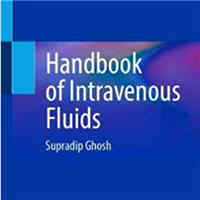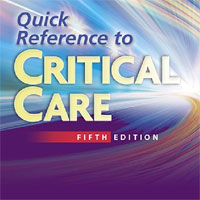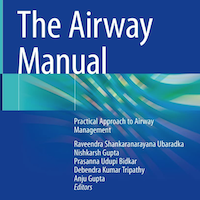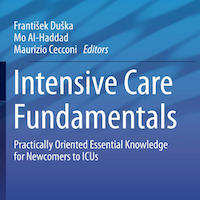What Did We Get Stuck In Our Rectums Last Year?
If it's Christmas, it must be time to learn what America shoved inside itself. The only worthwhile holiday tradition pushes on. All reports are taken from the U.S. Consumer Product Safety Commission's database of emergency... read more

Knowledge of Constituent Ingredients in Enteral Nutrition Formulas Can Make a Difference in Patient Response to Enteral Feeding
The selection of an EF should be a conscientious process based on a number of factors, including the patient's clinical and medical status. The ingredients need to be carefully evaluated in their quality and quantity as they... read more
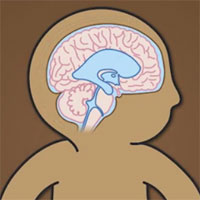
Endoscopic Treatment versus Shunting for Hydrocephalus
In sub-Saharan Africa, a large number of infants are affected by hydrocephalus that develops after neonatal ventriculitis and is often associated with poor developmental outcomes. New research findings are summarized in a... read more

The Future of Mechanical Ventilation
The adverse effects of mechanical ventilation in acute respiratory distress syndrome (ARDS) arise from two main causes: unphysiological increases of transpulmonary pressure and unphysiological increases/decreases of pleural... read more

Guidelines for the Diagnosis and Management of Critical Illness-Related Corticosteroid Insufficiency – Part II
This part II of the guidelines for the diagnosis and management of critical illness-related corticosteroid insufficiency (CIRCI) in critically ill patients is related to acute illnesses that may be complicated by CIRCI. We... read more
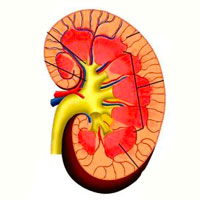
Urinary Oxygenation as a Surrogate Measure of Medullary Oxygenation During Angiotensin II Therapy in Septic AKI
In septic acute kidney injury (AKI), renal medullary and urinary hypoxia developed several hours before increases in currently used biomarkers. Angiotensin II transiently improved renal function without worsening medullary... read more

FDA Approves Angiotensin-II for Septic Shock
The FDA approved angiotensin-II (Giapreza) as a new intravenous vasopressor for septic shock and other forms of distributive shock. The first new FDA-approved vasopressor in decades, angiotensin-II could significantly change... read more

Optimizing Quality and Efficiency of Critical Care Delivery
Providing "health" care is expensive, and providing "sick" care is even more expensive. Here we will outline a newly packaged, high-yield opportunity for your institution regarding optimization of your critical care service... read more

Meta-Analysis Shows Mixed Results with Palliative Care
Palliative care was tied to some improvements in quality of life (QOL) in critically ill patients, but the impact on caregiver outcomes was mixed, and there was no significant association between palliative care delivery... read more

Integration of Nurse Practitioners Into the Critical Care Team
As the demands of critical care medicine increase one viable option to meet needs is the addition of a nurse practitioner to the traditional structure of the critical care team. The purpose of this article is to convey our... read more

Predicting the Hemodynamic Response to Prone Positioning
Graphical models of physiology are heuristically appealing as they facilitate qualitative conclusions at the bedside of the critically ill. Historically, the Rahn diagram has portrayed the physiology of the lungs, chest wall... read more
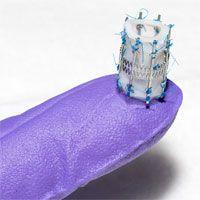
New Replacement Heart Valve Grows as Child Gets Older
Children born with congenital heart valve defects number in the thousands each year, yet there are simply no artificial cardiac valves available that were designed specifically for babies. Multiple heart surgeries have to... read more

The Hidden Faces of Sepsis, What Do They Tell Us?
Based on the patients' perspective Nutma sheds light on the hidden faces of sepsis, calling for more expertise on sepsis sequelae. She also offers recommendations to improve recovery and outcome. Sepsis really caught me by... read more
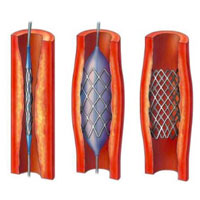
PCI Strategies in Patients with Acute Myocardial Infarction and Cardiogenic Shock
In patients who have acute myocardial infarction with cardiogenic shock, early revascularization of the culprit artery by means of percutaneous coronary intervention (PCI) improves outcomes. However, the majority of patients... read more

Guidelines for the Content of Statistical Analysis Plans in Clinical Trials
While guidance on statistical principles for clinical trials exists, there is an absence of guidance covering the required content of statistical analysis plans (SAPs) to support transparency and reproducibility. Recommendations... read more

Prognostic Effect and Longitudinal Hemodynamic Assessment of Borderline Pulmonary Hypertension
Borderline PH is common in patients undergoing RHC and is associated with significant comorbidities, progression to overt PH, and decreased survival. Small increases in mPAP, even at values currently considered normal, are... read more

Understanding How to Improve Quality and Value for Patients With AMI
Although the United States lags behind comparable nations in many health measures, mortality following acute myocardial infarction (AMI) is lower in the United States than in many other developed countries, including Finland,... read more


